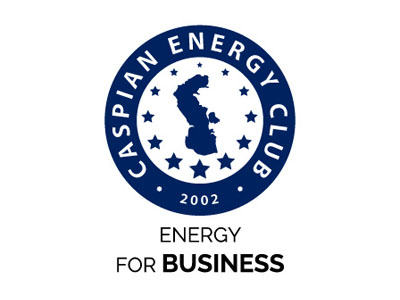According to Bloomberg, key countries led by Saudi Arabia and Russia have agreed to increase production by 411,000 barrels per day next month. Last week (on Saturday, May 3), OPEC+ reached an agreement on another significant production hike in June. As a result, the total additional output the organization plans for April, May, and June will amount to nearly 1 million barrels of oil per day.
In any case, OPEC+ has agreed to maintain this trend, and the countries will agree to supply an additional 411,000 barrels per day to the market in July, according to Reuters.
The Organization of the Petroleum Exporting Countries (OPEC+) will accelerate oil production growth and may return up to 2.2 million barrels per day to the market by November, five OPEC+ sources told Reuters.
This decision triples the initial target. Both agencies believe that the shift in strategy is primarily driven by Riyadh’s increasing frustration with member countries, such as Kazakhstan and Iraq, consistently exceeding their production quotas. Furthermore, U.S. President Donald Trump has repeatedly pressed OPEC+ to increase oil supply to alleviate rising gasoline prices in the United States.
The cuts were agreed upon at various stages starting from 2022, and it is expected that many of them will remain in effect until the end of 2026. In December 2024, OPEC+ countries agreed to gradually lift the voluntary portion of the cuts, which totals 2.2 million barrels per day, by the end of September 2026. However, in April of this year, the countries decided to expedite this process starting in May.
If compliance with quota requirements does not improve, voluntary production cuts will be halted by November, according to one source, referring to the 2.2 million barrels per day reduction implemented by eight OPEC members.
As a result, oil prices dropped by more than $2 per barrel on Monday morning during today’s early Asian trading sessions. Brent crude futures fell by $2.04 per barrel, or 3.33%, to $59.25 per barrel, while U.S. West Texas Intermediate (WTI) crude traded at $56.07 per barrel, down by $2.10, or 3.6%, compared to Friday. Both types of oil reached their lowest levels since April 9th earlier this morning.
Interestingly, natural gas prices rose by nearly 2%, reaching 3.696 MMBtu ($132.31 per thousand cubic meters; in the U.S., the gas price is set excluding transportation costs, taxes, and duties, reflecting the price at the wellhead). This divergence in trends highlights the evolving dynamic of the decoupling of gas prices from the oil market.
In 2024, global gas demand increased by 2.6%, or 107 billion cubic meters. The primary driver of this growth was the Asia-Pacific region (APR), which accounted for 43% of the overall increase. Looking ahead to 2025, it is projected that the APR's share of the demand growth could rise to 53%, largely due to an uptick in LNG supplies.
Global gas production increased by 1.7% in 2024, or 68 billion cubic meters. However, this growth did not fully meet the rising demand, with the supply deficit being offset by the use of previously accumulated reserves. As a result, gas reserves in European underground storage facilities (UGS) fell to 56% of their nominal capacity (compared to 73% in 2023). The main contributors to the growth of the global gas market were the gas industries of Russia, the Middle East, North America, and China, according to the PortNews agency.
In April, Europe set an all-time record for LNG (liquefied natural gas) imports. In 2025, LNG supplies will account for the largest share of gas sources for Europe, at 33.6%, according to data from the European Network of Transmission System Operators for Gas (ENTSOG) as of April 29. The second-largest source, with a share of 27.2%, is gas extraction from storage facilities, followed by supplies from the North Sea (primarily Norwegian gas) at 22.2%.
This surpassed the supply levels from the East (Russian gas, gas supplies from Ukraine, as well as European companies' extraction of their own gas from Ukraine's UGS) at 3.8%. Gas supplies from North Africa accounted for 8.2%, from the United Kingdom for 2.3%, and Azerbaijan contributed 2.8%.
Thus, amid an oversupply and low oil prices, a sustained increase in gas demand has emerged, which is expected to persist in the near future. The market will predominantly be driven by liquefied natural gas (LNG) or compressed natural gas (CNG), continuing the trend of gas spot market transactions. Pipeline gas supplies, based on long-term contracts, will likely play a crucial role in filling storage facilities and mitigating peak prices during periods of high demand.




